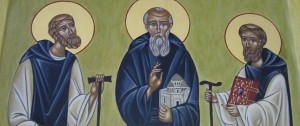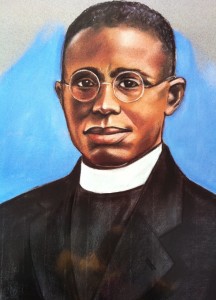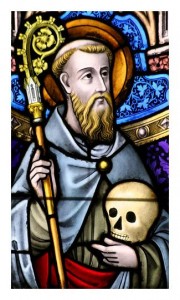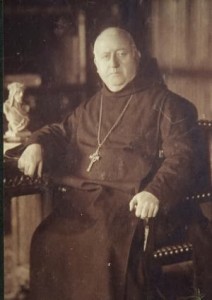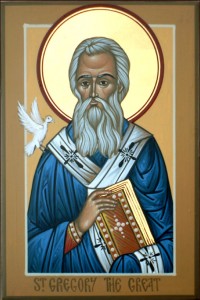 Today’s liturgical feast of Saint Scholastica (480-543) is indeed a special one for all of us who follow and live the Benedictine charism. Scholastica, the twin sister of Benedict was born in Norica (Italy) and some of her bones are entombed with her brother’s at the Archabbey of Montecassino. What we know of Schoalstica comes from a brief entry in a greater work by Pope Saint Gregory the Great, The Dialogues.
Today’s liturgical feast of Saint Scholastica (480-543) is indeed a special one for all of us who follow and live the Benedictine charism. Scholastica, the twin sister of Benedict was born in Norica (Italy) and some of her bones are entombed with her brother’s at the Archabbey of Montecassino. What we know of Schoalstica comes from a brief entry in a greater work by Pope Saint Gregory the Great, The Dialogues.
Sister Catherine gives a keen reflection on the place of Saint Scholastica for us today.
Our thoughts turn to the various Benedictine monasteries in the USA and abroad, especially St Scholastica Priory (Petersham), for the Saint’s intercession.
Saint Scholastica is the patron saint for nuns, but she is asked to stop lightening, rain, and storms. Perhaps she has some influence over stopping snow (for the time being)?
Here is a poetic text honoring Scholastica that is normally set to music by J. Michael Thompson:
Now set me as a seal upon your heart,
And like a seal set me upon your arm,
For love is strong, as strong as mighty death—
No flood can quench nor waters bring it harm.
We give you thanks, O Lord of boundless love,
That you have taken to yourself this day
Scholastica, your bride and lover fair,
Who served in love and followed in your way.
In Bethany with Mary, Martha, too,
You taught while Mary sat and heard your word.
So did Scholastica within her cell;
She listened well and lived out what she heard.
Teach us to love and thus from you obtain
That perfect joy the Holy Rule proclaims.
Teach us to follow you through thorns of life
With hearts of praise, let us your grace acclaim.
O God the Father, all creation’s source,
O God the Son, who died that we might live,
O God the Spirit, font of ev’ry grace,
O Triune God, our thankful hymns we give!
J. Michael Thompson
Copyright © 2010, World Library Publications
10 10 10 10
SURSUM CORDA
